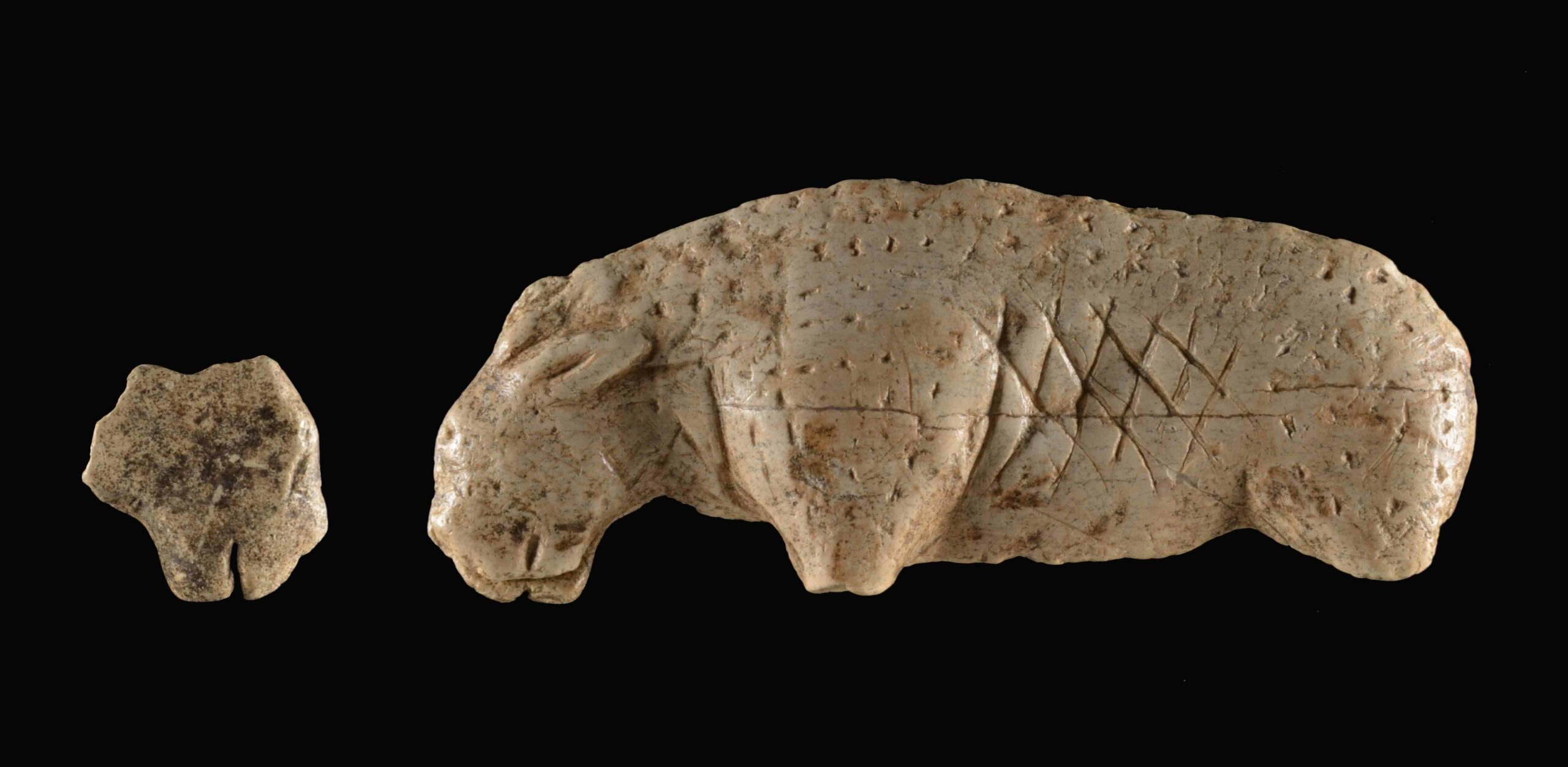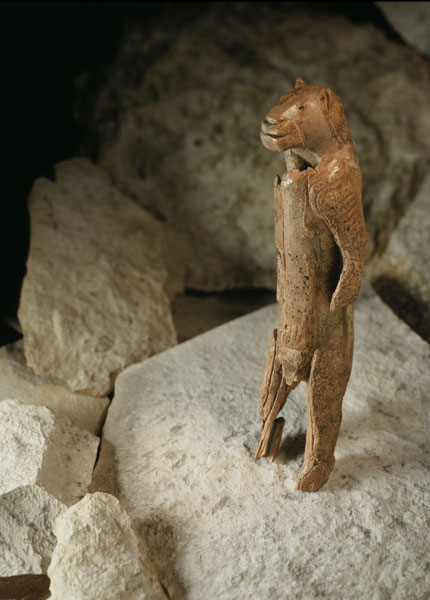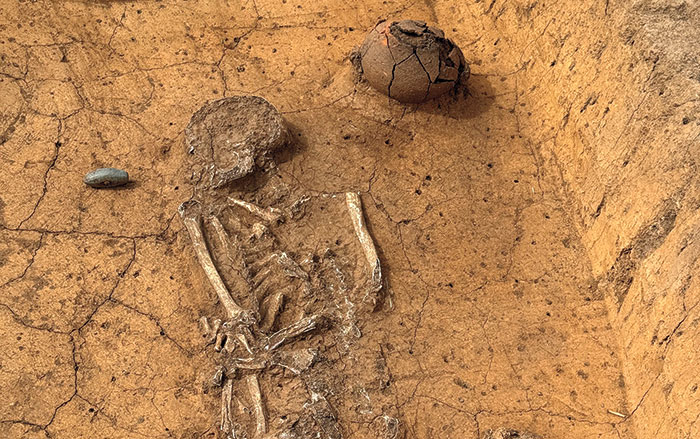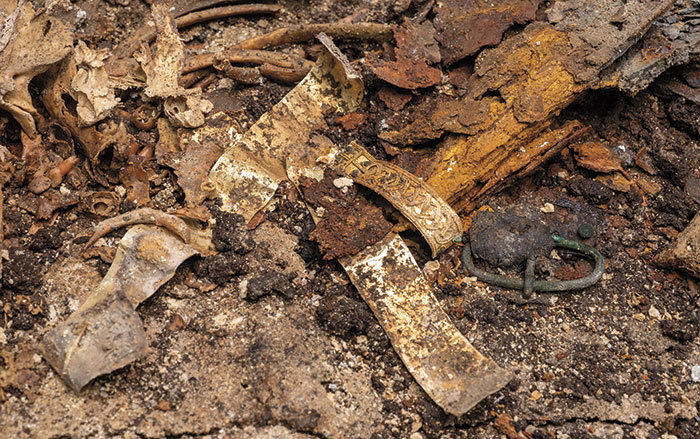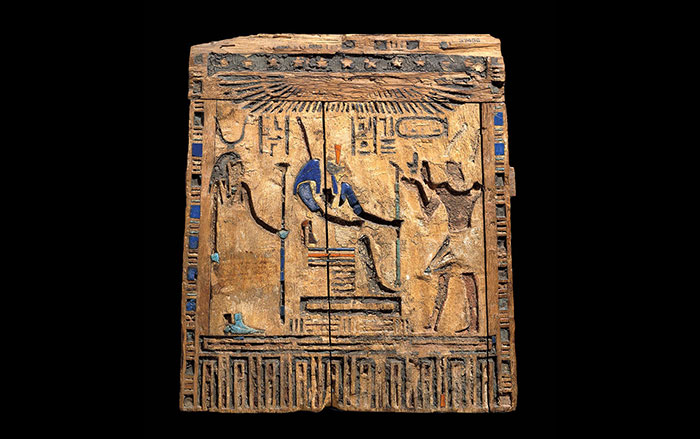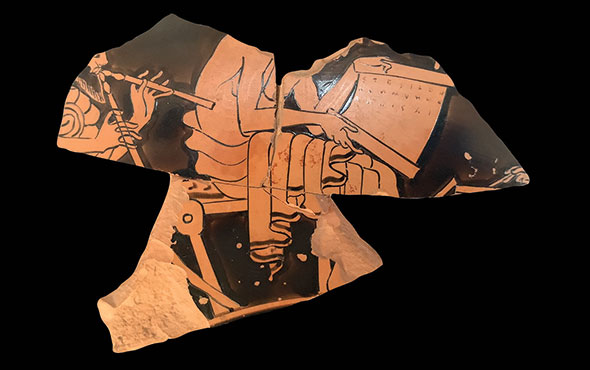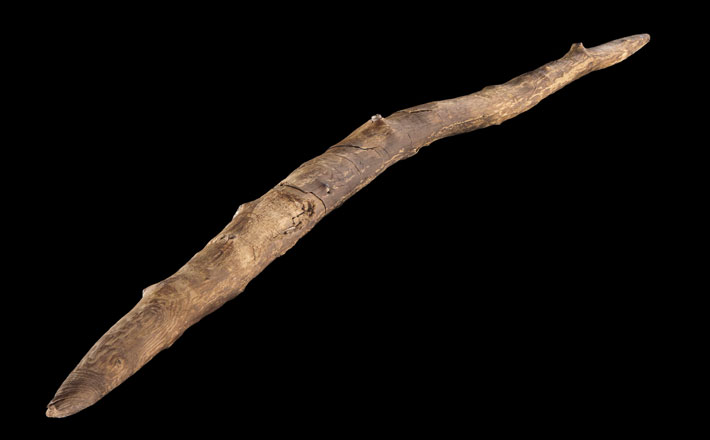
SCHÖNINGEN, GERMANY—Cosmos Magazine reports that a double-pointed throwing stick, one of a 300,000-year-old collection of wooden tools discovered in northern Germany, has been analyzed with micro-CT scanning, 3-D microscopy, and infrared spectroscopy by a team of researchers including Annemieke Milks of the University of Reading and Jens Lehmann of the Lower Saxony State Office for Cultural Heritage. The wooden spears and shorter throwing sticks are thought to have made by Homo heidelbergensis or Neanderthals, based upon their age. The study revealed that the throwing stick was made of spruce whose bark had been stripped. The stick was then shaped into an aerodynamic and ergonomic tool, and was likely also seasoned to help prevent cracking and warping, the researchers explained. They think the stick was likely used for hunting animals with hooves, such as deer and antelope. These hunts may have involved the entire community, including its children, they added. Read the original scholarly article about this research in PLOS ONE. For more, go to "Weapons of the Ancient World: Hunting Equipment."


